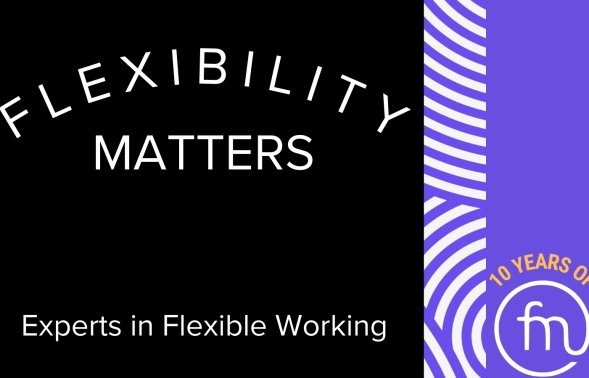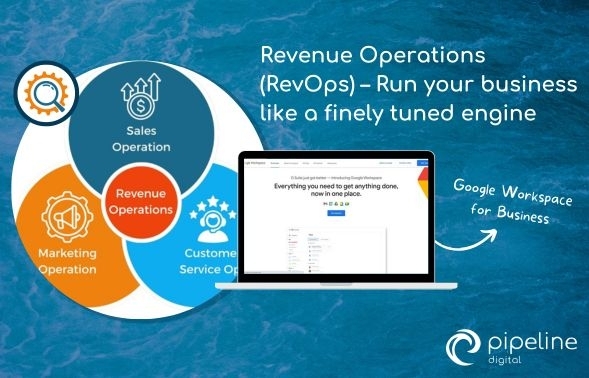Debunking the Myths: Flexible Working is for All
The resistance to flexible working often stems from a lack of understanding of its various forms. For employers, expanding their understanding of the various forms of flexible working can open doors in innovative ways to integrate flexibility into their business models, regardless of the industry. Let’s demystify this concept by exploring the different types of flexible working arrangements:
1. Part-time Working: This is the most straightforward form of flexible working. Employees work fewer hours than a full-time schedule, offering a balance that can be particularly appealing to those with caregiving responsibilities or personal commitments.
2. 4-day Work Week: Imagine having a three-day weekend, every week. That’s the allure of the 4-day work week. Employees work four days but still cover their full-time hours. It’s about working smarter, not longer.
3. Term-time Working: This arrangement is a boon for parents. Employees work during school terms and take leave during school holidays, aligning their work schedule with their children’s school term.
4. Annual Hours: Here, the focus is on the total hours worked in a year rather than weekly hours. This approach offers flexibility to manage busy and quiet periods effectively.
5. Remote Working: The poster child of flexible working, remote working allows employees to work from anywhere, typically from home, leveraging technology to stay connected.
6. Hybrid Working: A blend of remote and office-based work, hybrid working offers the best of both worlds, catering to the need for flexibility and in-person collaboration.
7. 9-day Fortnight: Employees work their full-time hours over nine days in a fortnight, typically having every second Friday or Monday off. It’s a subtle shift that can significantly boost work-life balance.
8. Job Sharing: Two heads are better than one and job sharing proves it. In this setup, two (or more) people share the responsibilities and hours of a full-time job, bringing diverse perspectives to the role.
9. Compressed Hours: This arrangement involves working the usual hours but over fewer days. It’s like condensing a work week into fewer, albeit longer, days.
The key takeaway for employers is that flexible working and all the different iterations, isn’t just a trendy buzzword; it’s a viable, adaptable, and beneficial approach that can fit into virtually any industry. By embracing these diverse working arrangements, businesses can not only comply with the new Flexible Working Bill but also enhance employee satisfaction, attract a broader talent pool, and foster a more inclusive and dynamic workplace culture.
In conclusion, as the UK steps into this new era of flexible working, it’s time for employers to rethink traditional work models. By understanding and implementing various flexible working arrangements, they can create a more resilient, engaged, and productive workforce, ready to face the challenges of the modern world.
If you’re looking for guidance on how to build a flexible working policy that complies with the Flexible Working Act, join us on 18th April at 10am for a webinar with our guest speaker
Nicole Humphreys of Acumen Business Law, Nicole is a senior commercial solicitor specialising in commercial disputes and all areas of employment law, working with both employers and employees.
Register now to secure your spot.


















